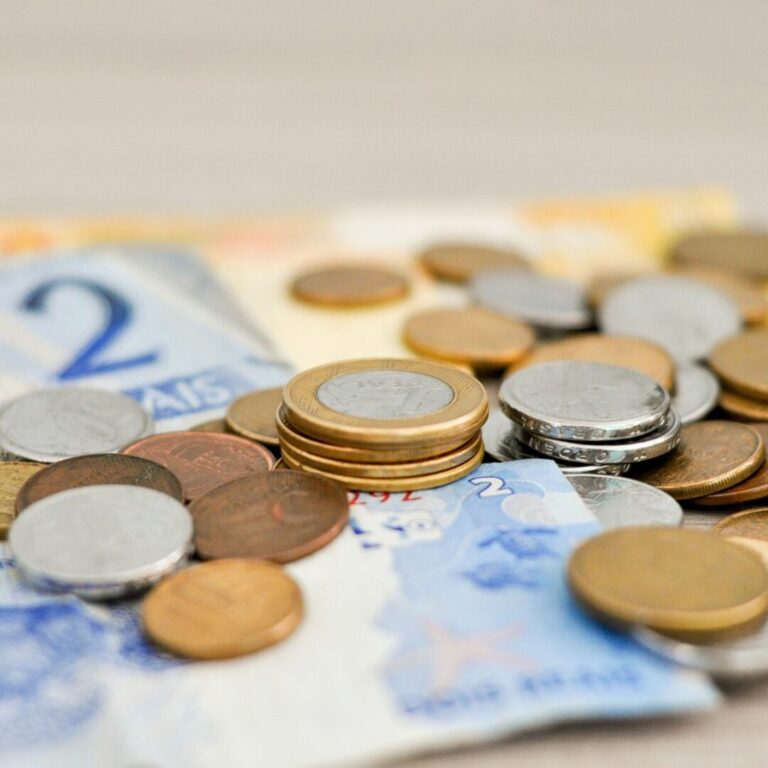
Money can be a source of enormous stress, or it can be a tool that helps us live our lives to the fullest. So how do you take control of your finances?
You’ve heard about it, you’ve thought about it, you may even have tried it, but so many of us struggle to stick to a budget. The problem is that we so often try to adapt our lives to someone else’s idea of our needs.
Within this blog post, we will break down some simple steps on how you can create a budget that works for YOU – and how you can stick to it!
Spreadsheets or Apps?
Some of us prefer to use a good old spreadsheet, while others need an immediately accessible, condensed version in our pockets. And some of us require both!
Whether you are a Spreadsheet person or an App user, pick whichever is most realistic for you.

Start with the basics
First things first. Get yourself a sheet of paper and map out 5 sections:
- Income
- Non-Negotiables (Fixed expenses)
- Essentials
- Luxuries
- Savings
Non-negotiables: these are expenses that are not subject to change in amount on a monthly basis. This could include rent, electricity, WiFi, subscriptions and contracts.
Essentials: these are expenses that generally stay the same each month, but which could be altered in a pinch. For example: groceries, petrol, toiletries and savings.
Luxuries: these are expenses that are not necessary, but which you would like to budget for each month. These categories could be broad to encompass all extra expenses you might experience in a month. For example: clothing, shopping, gifts, socialising, hobbies, etc.
Savings: If we don’t plan for it, it rarely happens. Try to determine a realistic amount that you would want to save each month. This can be either long- or short-term. Or for specific financial goals in the future, such as buying a house. For example: retirement annuities, endowments, savings accounts.
A final step: Create a ‘Miscellaneous’ category that accounts for any money that is left over and not accounted for. This way you can track your spending on all those ‘little’ items that add up so quickly. Trust us, these are the expenses that usually break your budget!
Assign amounts
Now you can fill in the amount you spend in each category, working from Non-negotiables to Luxuries. This way you will be able to more accurately work out how much you can spend on ‘nice’ things, so that you don’t end up eating 2 minute noodles for dinner the entire week before payday!
Give this system a go and see how you can adapt it to suit your lifestyle. Remember, it needs to work for you!
For more input into managing your finances well, why don’t your consider joining a Mastering It Finance workshop? Leave your details here and we will contact you about the next one happening!


